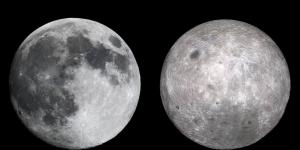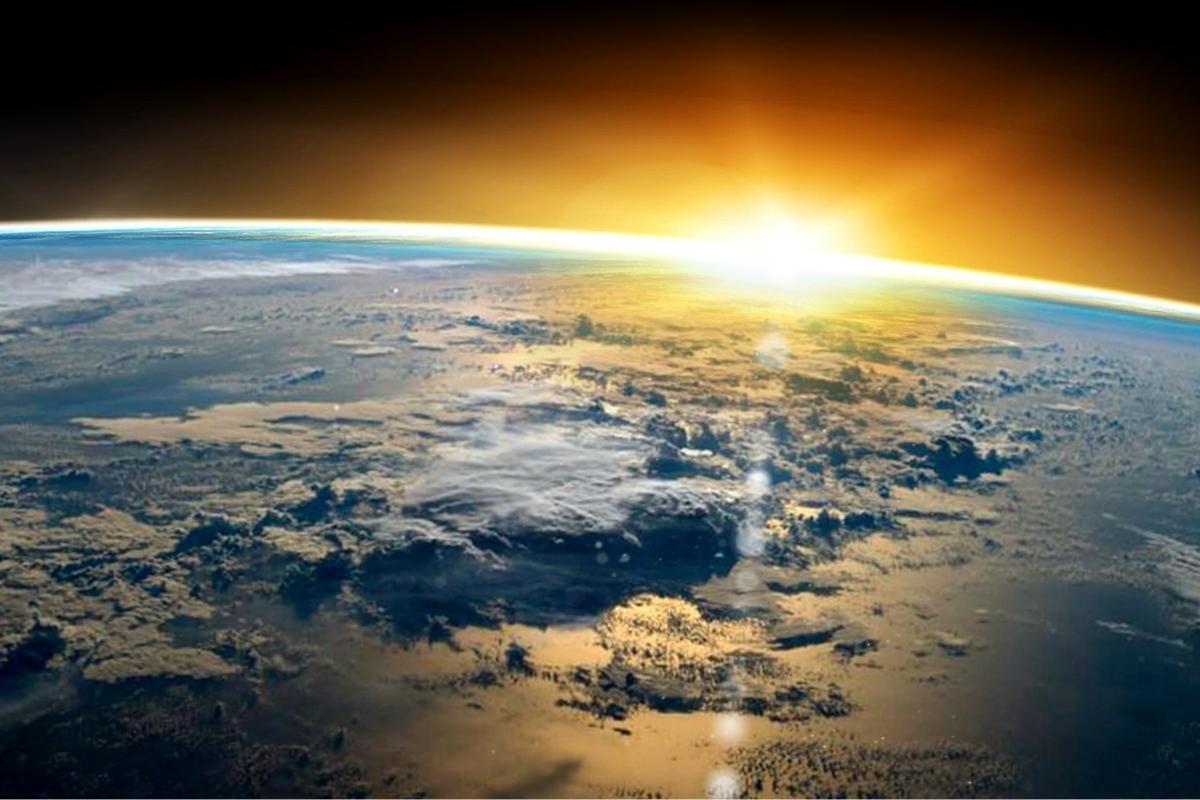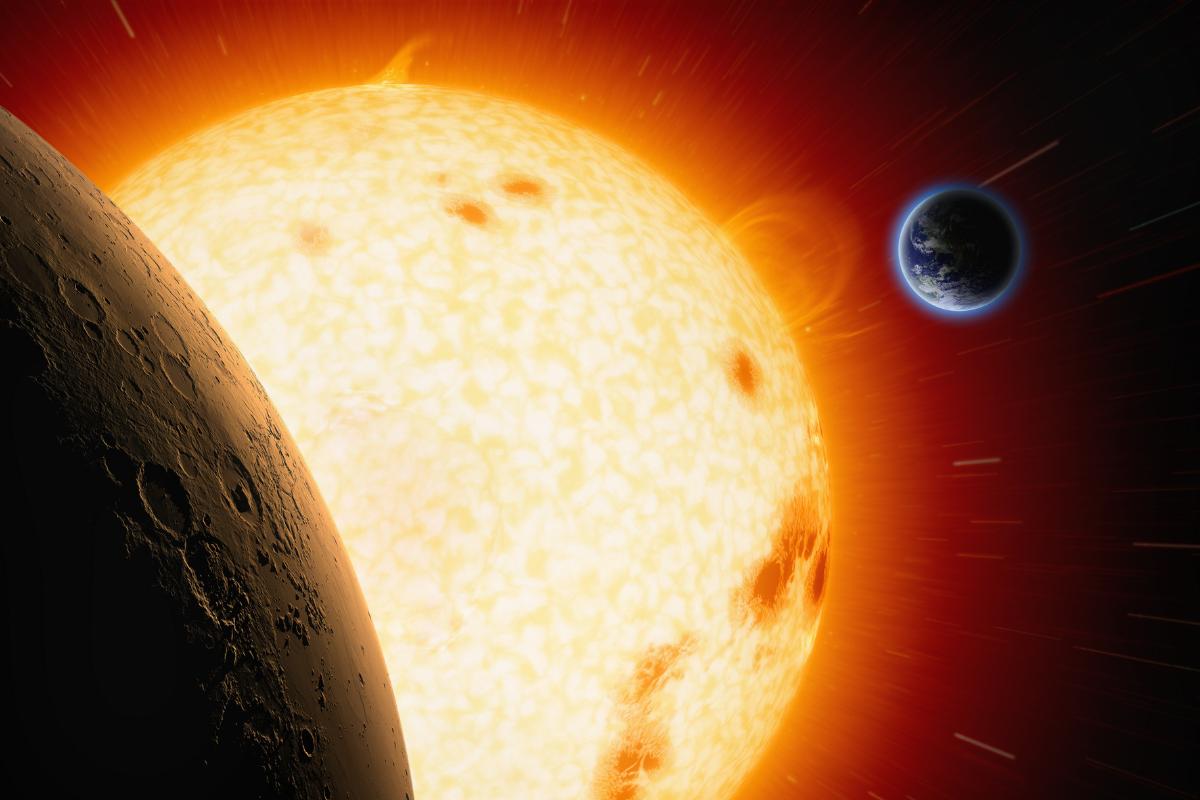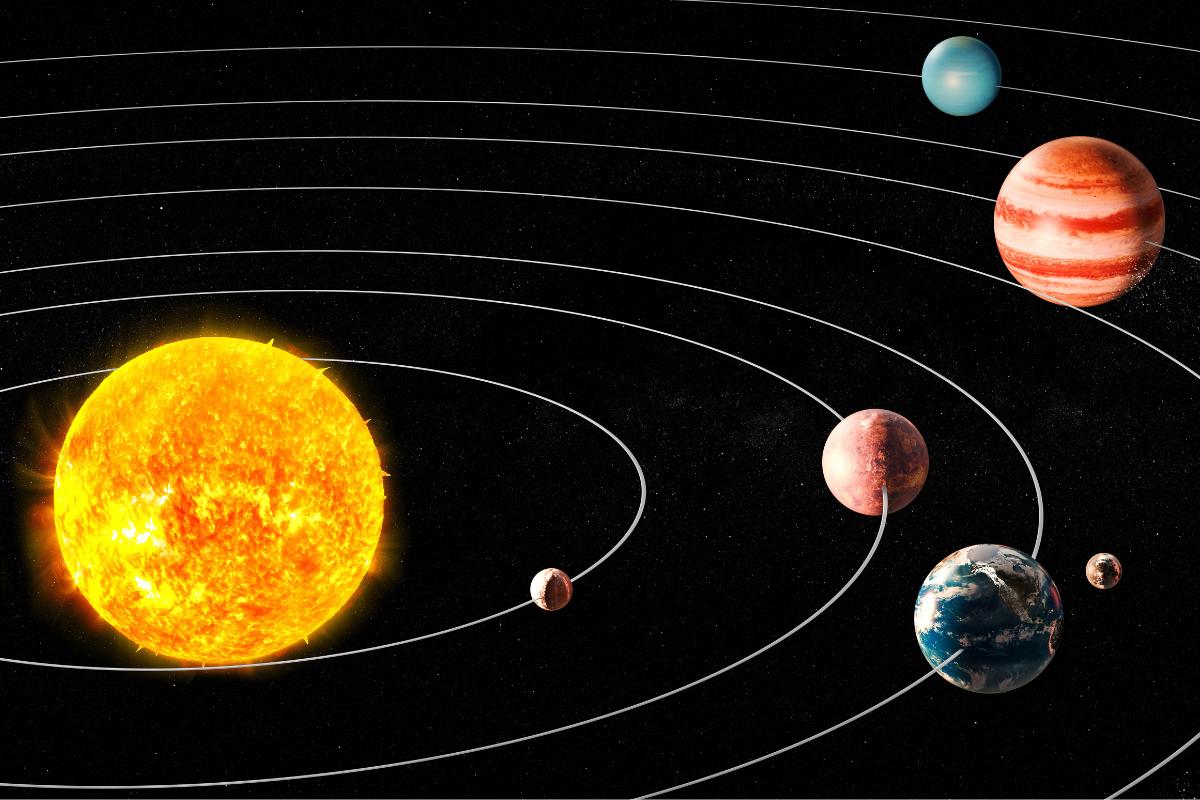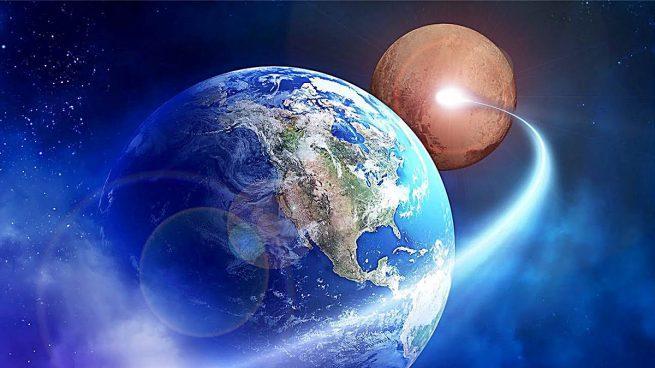What Makes the Earth Move?


Humans once believed the Sun orbited Earth. While this seems logical, we feel still while the Sun appears to move across the sky, the truth is exactly opposite. Earth moves around the Sun, a fact that completely changed our understanding of our place in space. Today, we know the Earth never sits still. It spins, orbits, and shifts in ways that affect your daily life.
In the following article by thedailyECO, we explore what makes the Earth move, and how these movements shape our world.
Types of Earth's Movements
Earth doesn't sit still. It spins, orbits, tilts, and shifts constantly. These movements shape your daily life in ways you might not notice. They control when you see the Sun, what seasons you experience, and even the shape of the continents. Let's look at each type of movement and how it affects you.
Earth's rotation
Earth spins on its axis from west to east, completing one rotation every 24 hours. This movement affects everything on our planet's surface.
At the equator, Earth spins at 1,670 kilometers per hour (1,037 miles per hour). The speed decreases as you move toward the poles. This creates the Coriolis effect, which changes how air and water move across the planet.
The rotation creates day and night by exposing different parts of Earth to sunlight. As you sleep, your part of Earth turns away from the Sun. While you wake up, it turns back to face the Sun again.
Earth's movement around the sun
Earth moves around the Sun at 108,000 kilometers per hour (67,000 miles per hour), taking 365.25 days to complete one orbit.
The Sun's gravity pulls Earth inward, while the planet's forward motion tries to pull it away. These forces balance each other out, keeping Earth in an oval-shaped path called an ellipse. The distance between Earth and the Sun changes by about 5 million kilometers (3.1 million miles) throughout the year.
You might think Earth's changing distance from the Sun causes seasons, but that's not true. Seasons happen because Earth's axis points in the same direction as it moves around the Sun. This tilt changes how much sunlight reaches different parts of Earth throughout the year.
Earth's tilt
Earth's axis tilts 23.5 degrees from its orbital path. This tilt stays almost the same all year.
The tilt makes the Sun appear higher or lower in your sky as Earth orbits. When your hemisphere tilts toward the Sun, you get more direct sunlight and longer days. When it tilts away, you get less direct sunlight and shorter days.
Earth's tilt creates the climate patterns you experience. It determines how much heat different parts of Earth receive from the Sun. This causes regular changes in temperature and weather throughout the year.

When did the Earth start to move?
Earth's movements started 4.6 billion years ago when our planet formed. The initial rotation was fast, one day took only 6 hours. The orbit around the Sun existed, but was unstable and more elliptical than today.
A major collision changed everything 4.5 billion years ago. A Mars-sized object hit Earth, creating the Moon and setting Earth's 23.5-degree tilt. This impact also slowed Earth's rotation. The Moon's gravity has continued to slow Earth's spin, gradually stretching days from 6 to 24 hours.
Over billions of years, these movements have become more stable. The Moon stabilizes Earth's tilt, keeping our seasons consistent. The orbit has become more circular due to gravitational effects from other planets. These stable movements help make Earth habitable.
Ready to explore another cosmic mystery? Find out what makes our lunar neighbor shine in our related guide.

Earth movements and their consequences
Two main forces control Earth's motion in space. These forces work together to create Earth's predictable patterns of rotation and orbit, the same patterns that have persisted for billions of years.
Gravitational forces:
The Sun, Moon, and other planets pull on Earth through gravity. The Sun's gravity is strongest, it's 333,000 times more massive than Earth. The Sun's gravity keeps Earth in orbit at an average distance of 150 million kilometers (93 million miles). This creates a balance because the Earth wants to move in a straight line, but the Sun's pull curves this path into an orbit.
The Moon's gravity pulls on Earth too. This pull:
- Slows Earth's rotation
- Creates ocean tides
- Helps maintain Earth's tilt angle
- Affects Earth's orbital speed
Inertia and momentum:
Earth keeps moving because nothing stops it. In space, there's no friction to slow things down. Earth maintains two types of momentum:
- Linear momentum: keeps Earth moving around the Sun at 108,000 kilometers per hour (67,000 miles per hour).
- Angular momentum: maintains Earth's spin at 1,670 kilometers per hour (1,037 miles per hour) at the equator.
These movements continue thanks to three key factors that work together. First, space lacks any significant matter to get in Earth's way. This emptiness means Earth faces no resistance as it moves. Since no opposing forces slow down these movements, and Earth's large mass provides strong momentum, the planet continues its motion unchanged.
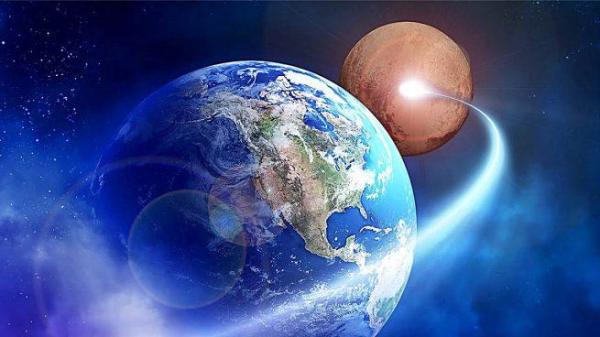
Impacts of earth’s movements on life and the environment
Earth's rotation and orbit don't just move our planet, they shape the patterns of life around you. From the timing of your day to the seasons you experience, these movements create the basic rhythms of life on Earth.
Earth's daily spin organizes time into 24-hour cycles. This rotation determines when you see the Sun and sets the pace for most life on Earth. But rotation does more than create day and night - it shapes the air currents above you.
As Earth spins, it affects how air moves across its surface. The Coriolis effect makes air curve to the right in the Northern Hemisphere and to the left in the Southern Hemisphere. This creates predictable wind patterns:
Trade winds blow steadily near the equator, moving at 20-30 kilometers per hour (12-19 miles per hour). The jet streams flow higher in the atmosphere, reaching speeds of 400 kilometers per hour (250 miles per hour). These consistent wind patterns drive ocean currents and move weather systems around the planet.
Earth's orbit works with its tilt to create the seasons. Many people think seasons happen because Earth moves closer to or farther from the Sun, but that's not correct. Seasons occur because Earth's tilt points different parts of the planet toward the Sun throughout the year.
When your part of Earth tilts toward the Sun, you get:
- More direct sunlight
- Longer days
- Higher temperatures
- Summer conditions
When your part of Earth tilts away from the Sun, you get:
- Less direct sunlight
- Shorter days
- Lower temperatures
- Winter conditions
The change happens gradually as Earth moves around the Sun. This creates the cycle of spring, summer, fall, and winter that you experience each year. Different parts of Earth get different amounts of seasonal change. However, areas near the equator see less variation, while polar regions experience extreme shifts between summer and winter. Now that you understand Earth's movements, see how they create one of nature's most reliable patterns in our other article.
Could the Earth stop moving?
Earth won't suddenly stop moving, but its movements are changing very slowly. Let's look at what's happening with each type of movement.
Earth's rotation gradually slows down due to the Moon's gravity. This adds about 2.3 milliseconds to our day length every century. While this might sound tiny, over millions of years these changes add up. However, it would take billions of years to stop completely.
If Earth did somehow stop spinning, the results would be catastrophic. One side of Earth would face constant sunlight, while the other stayed in permanent darkness. The atmosphere would create devastating winds reaching hundreds of kilometers per hour, and the oceans would surge toward the poles.
The orbit around the Sun is much more stable. The Sun's massive gravity keeps Earth locked in its path, and this movement can't stop unless something dramatic happens, like the sun dying. However, this is expected to happen about 5 billion years away. If Earth somehow stopped orbiting, it would either fall straight into the Sun or float away into space.
Speaking of what makes Earth move, did you know gravity's pull varies across the planet? Learn more about this massive force in our other article.
If you want to read similar articles to What Makes the Earth Move?, we recommend you visit our Facts about Earth and the universe category.
- National Geographic Society. (2022, May 20). Rotation. National Geographic Education Resource Library. https://education.nationalgeographic.org/resource/rotation/
- French National Centre for Scientific Research (CNRS). (2021, April 12). What makes Earth's surface move? CNRS News. https://www.cnrs.fr/en/press/what-makes-earths-surface-move
- National Aeronautics and Space Administration (NASA). (2023). Basic orbital mechanics. Learn Science: Basics of Space Flight. https://science.nasa.gov/learn/basics-of-space-flight/chapter2-1/


